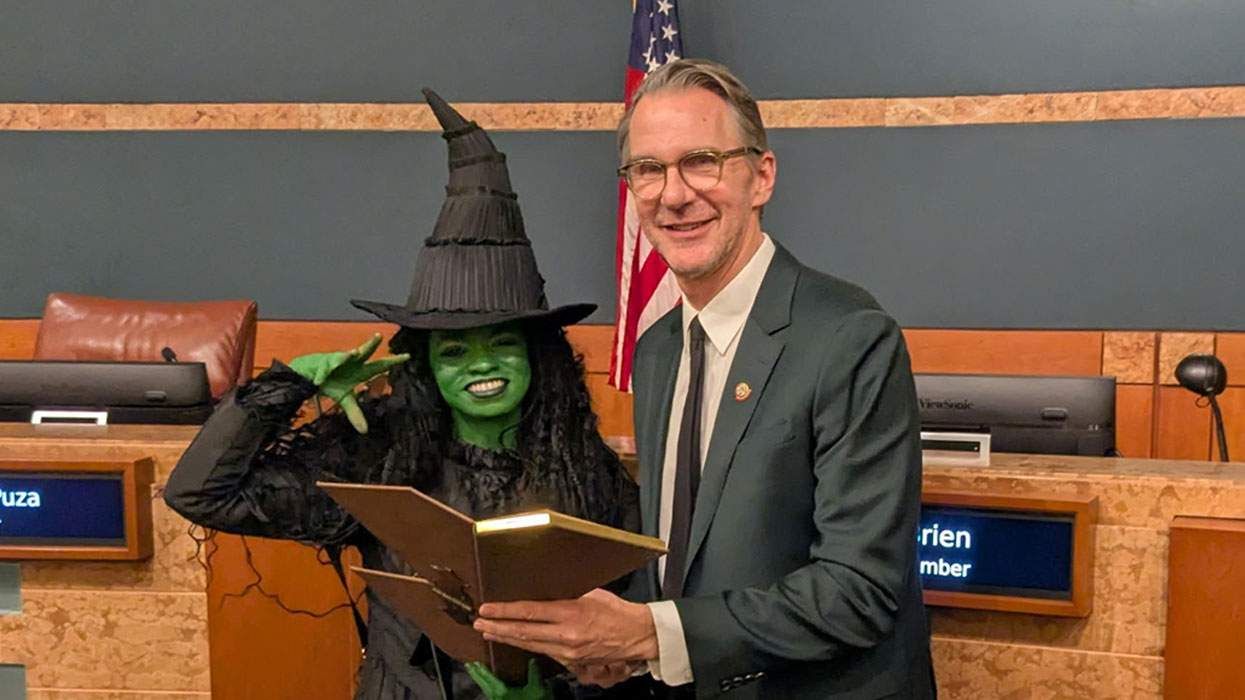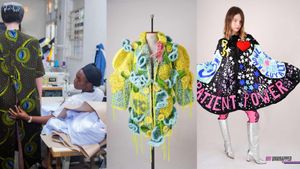Factors
influencing risky sexual behaviors among young men and women
at increased risk for HIV infection are the focus of a
five-year, $2 million study headed by an Oregon State
University public-health researcher.
"Whereas the
incidence of AIDS increased among both men and women
until 1994, in that year AIDS incidence among men began to
drop but continued to rise among women," said Marie
Harvey, professor and chair of the OSU College of
Health and Human Sciences' Department of Public
Health. "And HIV infection among U.S. women, particularly
women of color, has increased dramatically during the past
10 years."
Funded by the
National Institutes of Health, Harvey's study will collect
data primarily from African-American and Hispanic men and
women, focusing on understanding the relationship
dynamics that influence high-risk sexual behaviors in
these populations. The initial sample will consist of
225 men and 225 women from the Los Angeles area who are at
risk of sexually transmitted diseases.
Los Angeles ranks
second among U.S. cities in the number of AIDS cases,
with about 55,000 AIDS diagnoses through 2003, according to
the Centers for Disease Control and Prevention.
Twenty-two percent of the city's AIDS cases occur
among African-Americans and 45% among Hispanics. Almost 70%
of Los Angeles women diagnosed with AIDS in 2003 were
infected by a male partner.
"The need to
focus on relationship dynamics when investigating sexual
and HIV prevention decision-making and behavior has become
increasingly clear," Harvey said. "Much of the sexual
behavior that puts individuals at risk for negative
health involves at least two people. Condom use is an
example of an interdependent behavior because it
requires the participation, or at least cooperation, of both
people. The better we can understand the association
between the characteristics and dynamics of sexual
partnerships and risky behavior, the better we will be
able to address the multiple barriers to safer-sex behavior
that occur within heterosexual relationships."
(The Advocate)




































































Charlie Kirk DID say stoning gay people was the 'perfect law' — and these other heinous quotes